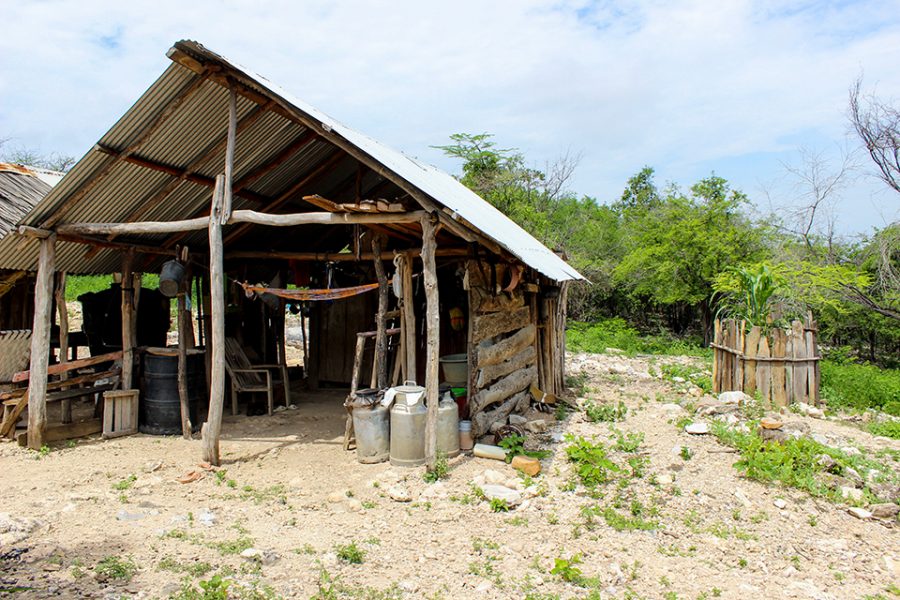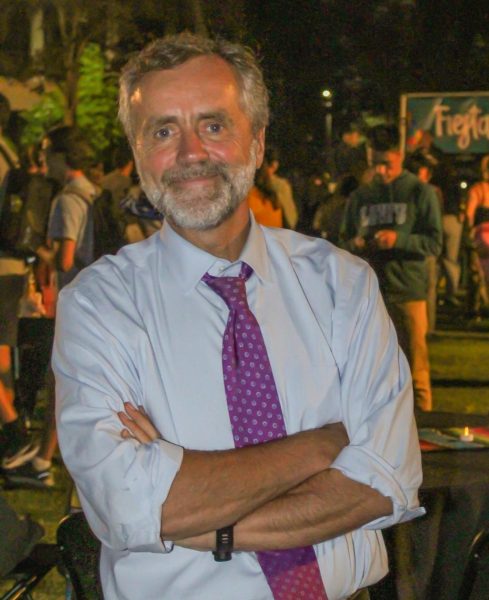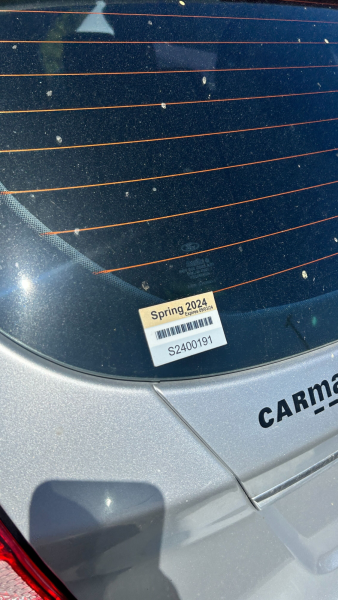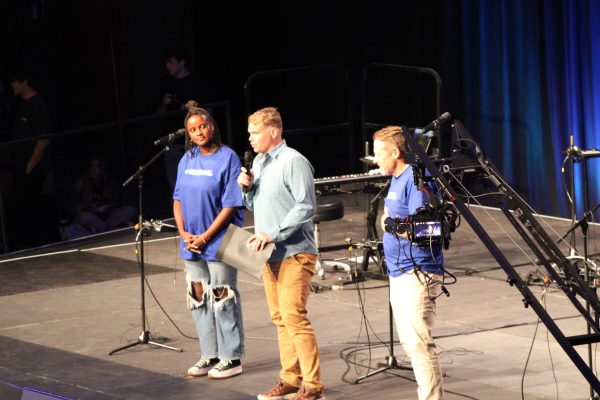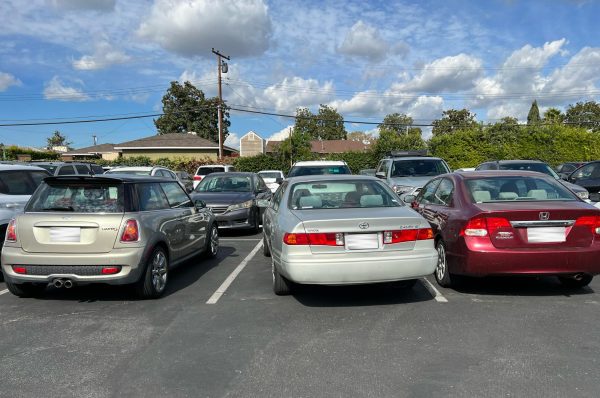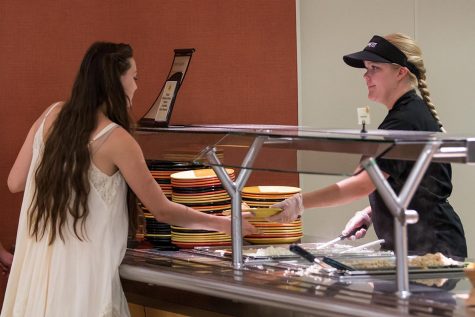Colombia still suffers from civil war
Colombians will still suffer from paramilitary violence and war despite peace deal between the FARC and the government.
September 14, 2016
After 52 years of civil war, Colombia officially ended Latin America’s longest war as the government signed a bilateral cease-fire agreement with the Revolutionary Armed Forces of Colombia. As a nation ravaged by decades of war, the violence has divided the state, left-wing guerrillas, drug traffickers and right-wing paramilitary forces. The FARC carried out acts of violence and engaged in the illicit drug market, but the state and paramilitary forces carried out some of the most brutal acts of terror and atrocities against the civilian population. Solving the conflict would also not be possible if communities, especially indigenous lands, continue to be exploited by transnational corporate interest.
Modern Columbia, a bloody and complex history
The FARC may have reached an agreement with the government, but it cost Colombians 52 years and 220,000 lives. The war has also displaced over 5 million people, many of whom had to leave their agricultural livelihoods for a meager existence in urban centers and cities. Colombia’s modern history is extremely complex and bloody. The period between 1948 and 1958 was appropriately called La Violencia for the bloodshed and destruction caused by a civil war between the Colombian Conservative Party and the Colombian Liberal Party.
The most prominent left-wing guerrilla force may be ending their campaign against the government, but the country continues to be wracked with paramilitary violence and their multinational sponsors. Mining and oil companies continue to hire paramilitary forces to subdue and even kill union members to maximize their extraction of the country’s natural resources.
Indigenous and Afro-Colombian communities continue to be the most affected group from the various conflicts afflicting the country. According to an article published by the North American Congress on Latin America, “Both the FARC and the government recognize that to ensure peace, Colombia must resolve longstanding land and resource conflicts, and incorporate its most marginalized people into state institutions.”
Victims of violence
Indigenous groups such as the Wayuu people and Afro-Colombian communities in northern Colombia continue to be victims of this violence and the natural resource exploitation carried out by the Cerrejon mining company in the region of La Guajira. Even my brief visit to the region revealed the marks of a society wracked in war. Soldiers walked around with assault rifles and I often saw Light Armored Vehicles speckle the landscape — most of them armed with what seemed to be American-manufactured .50 caliber belt-fed machine guns.
Colombia continues to be affected by Plan Colombia — a U.S. aid package to the government to fight drug traffickers and end the illicit drug trade. The War on Drugs has achieved little and brought massive amounts of suffering to the rural population where many peasant farmers lost their crops and livelihoods to aerial fumigation. According to Amnesty International, “In 2006, US assistance to Colombia amounted to an estimated $728 million, approximately 80% of which was military and police assistance.”
The FARC may have reached a deal with the government but the agreement is just one tiny step in the process of achieving peace and reconciliation in the country. The conflicts ahead will be bloody but it is also important to remember that it is one that is also tied to western business interests and even American politics.


